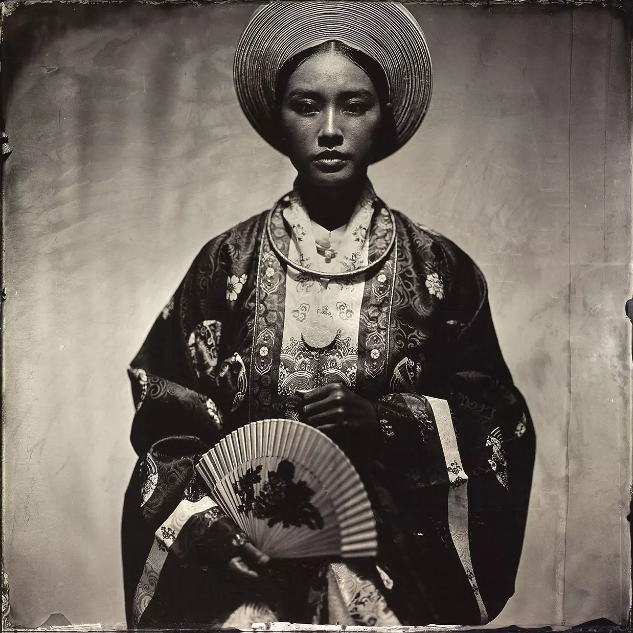The Collodion Process: A Photographic Revolution
The collodion process, invented in 1851, revolutionized photography by introducing negatives, allowing for multiple prints. It replaced the daguerreotype process, which produced single, positive images. The process involved coating glass plates with collodion, sensitizing them with silver nitrate, exposing them in a camera, and developing and fixing them. While offering advantages like faster exposure and multiple prints, it also had disadvantages like complexity, wet processing, and plate fragility. The collodion process was widely used in the 19th century for various photographic purposes and played a crucial role in the development of subsequent photographic processes.
FILM PHOTOGRAPHYSTORYTELLINGCOMMUNITY


Photography by Mot Met Studio
What is the Collodion Process?
The collodion process is a photographic process that was invented in 1851 by Frederick Scott Archer. It was the first process that allowed for the creation of negatives, which could then be used to make multiple prints. The collodion process was a major improvement over the daguerreotype process, which was the only other photographic process available at the time. The daguerreotype process produced a single, positive image that could not be copied.
How Does the Collodion Process Work?
The collodion process involves coating a glass plate with a solution of collodion, which is a mixture of nitrocellulose and alcohol. The plate is then sensitized by dipping it in a silver nitrate bath. The sensitized plate is exposed in a camera for a few seconds. After exposure, the plate is developed in a solution of ferrous sulfate and acetic acid. The developed plate is then fixed in a solution of sodium thiosulfate. The fixed plate is a negative image. A positive print can be made from the negative by contact printing or by using an enlarger.
What are the Advantages of the Collodion Process?
The collodion process had several advantages over the daguerreotype process. First, it allowed for the creation of negatives, which could be used to make multiple prints. Second, it was a faster process. Third, it was a more sensitive process, which allowed for shorter exposures.
What are the Disadvantages of the Collodion Process?
The collodion process also had several disadvantages. First, it was a complex process that required a lot of skill and experience. Second, it was a wet process, which meant that the plates had to be developed immediately after exposure. Third, the plates were fragile and could be easily broken.
The Collodion Process in the 19th Century
The collodion process was widely used in the 19th century. It was used to make portraits, landscapes, and other types of photographs. The collodion process was also used to make scientific photographs and to document historical events.


Photography by Mot Met Studio
The Legacy of the Collodion Process
The collodion process was a major breakthrough in photography. It paved the way for the development of other photographic processes, such as the dry plate process and the gelatin silver process. The collodion process is also an important part of the history of photography. It is a reminder of the ingenuity and creativity of the early photographers.
Mot Met Studio: A Photographic Oasis in Vietnam
Nestled amidst the serene landscapes of central Vietnam, Mot Met Studio offers a unique and immersive experience in wet plate photography. Situated between Da Nang and Hoi An, the studio is a haven for photographers and enthusiasts alike, boasting a picturesque blend of coastal dunes and agrarian farmland.
Founded by Boris Zuliani and Hugo Armano, Mot Met Studio is renowned for its handcrafted cameras and large-format wet plate photography. The studio's two shooting platforms, one for daylight and one with strobe lights, provide ample space for creative expression. With a focus on producing high-quality, limited edition prints, Mot Met Studio offers a bespoke experience that captures the essence of its idyllic surroundings.
The studio's commitment to traditional photographic techniques is evident in its use of wet plate collodion, a process that dates back to the 19th century. This time-consuming and labor-intensive method results in unique, one-of-a-kind images with a timeless quality.
Whether you're a professional photographer or simply seeking a unique and memorable experience, Mot Met Studio offers a glimpse into the world of wet plate photography. With its stunning location, talented team, and dedication to craftsmanship, the studio is a true gem in the heart of Vietnam.
